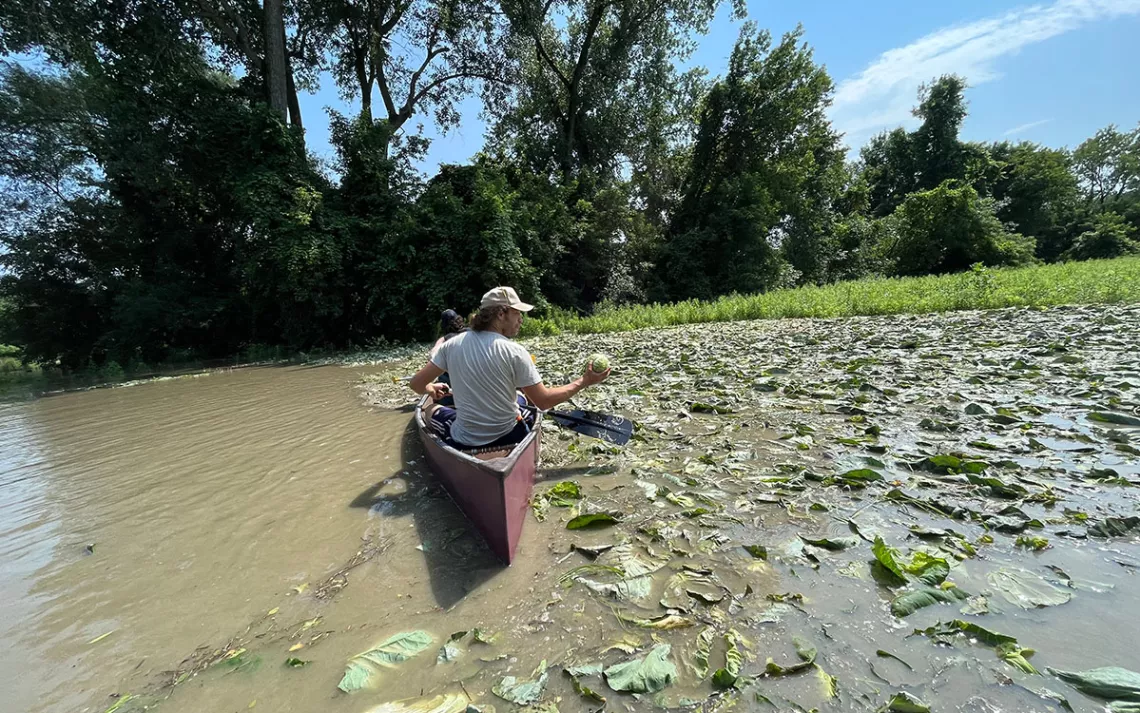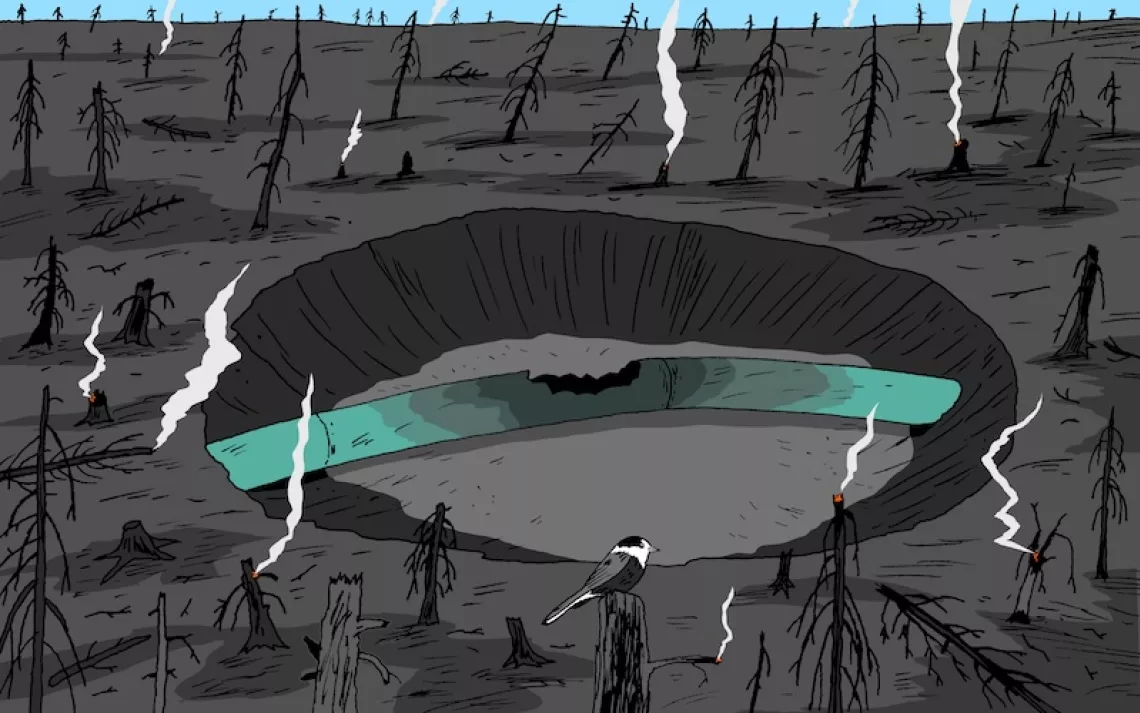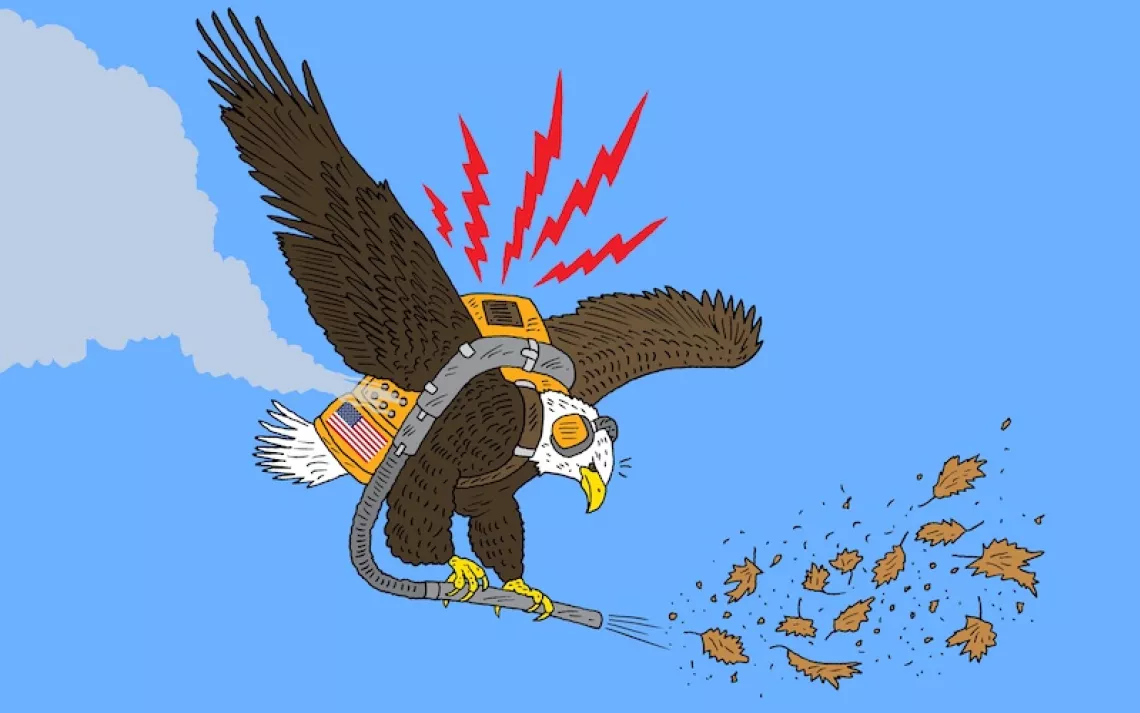In a New Climate Reality, Community May Be a Farmer’s Greatest Resource
Volunteers dropped everything to help Vermont's Intervale farming cooperative in a time of crisis

Staff paddle around a flooded field of cabbage as they assess damage on July 12, 2023. | Photo courtesy of Intervale Center
The 10th of July had been a typical day at work for Caroline Hauser until she received an urgent email from the Intervale Center and its farms. They were calling for volunteers. The Intervale Center, a nonprofit farming cooperative in Burlington, Vermont, was bracing for intense rains and flooding forecasted to hit in the next 24 hours. It needed all hands on deck to harvest everything they could before disaster struck. Hauser messaged her manager to say she needed the day off.
Hauser has been a Burlington resident since 2015 and a regular volunteer at the Intervale Center since 2019. She and her husband are summer and winter CSA members—she estimates that 80 to 90 percent of their food comes directly from the Intervale’s seven organic farms. Membership with the Intervale Center makes her feel grounded in her community and the land. “Really feeling a sense of connection to the food that’s nourishing me—it’s a sense of place that I haven’t found anywhere else,” she says.
When she arrived at the Intervale, it was lightly raining. A map posted in the parking lot directed her to fields of beets, carrots, and other vegetables where another 20 to 30 volunteers in various states of weather-preparedness had gathered. Some volunteers were barefoot, wearing nothing but shorts and T-shirts, while others were waterproofed from head to toe. Everyone was already hard at work pulling beets from the soggy earth and packing them into crates.
This was an emergency harvesting event. At the time, the forecast predicted two to five inches of rain for most of the state and as much as seven in some areas—although the storm that came was far worse. The Intervale Center is nestled into the floodplain of the Winooski River, which is a big part of what makes it such productive farmland. Seasonal flooding is a regular part of the Intervale’s annual growing cycle. But the devastation caused by the July 11 flood was unlike anything they had seen before, and it came at the worst possible time for farmers.
“It’s too late to replant anything and too early to harvest a lot of crops,” says Hauser. At that point in the season, produce farmers have all their investments in the ground. They don’t see a return until after harvesting at the end of the season. The Intervale’s farmers can replant some short-season crops for a small return, but their long-season crops are almost entirely lost.
The rain persisted from the 10th to the 11th, hammering the state with three to nine inches of rain over 48 hours. The Winooski River burst from its banks and ripped through the Intervale, contaminating nearly 100 percent of crops that were not harvested by volunteers. Silt deposited by the floodwaters smothered many of the seedlings in their nursery. In total, the co-op suffered a $1.5 million loss due to infrastructure damage and crop contamination, according to their estimates. That loss would have been greater still had it not been for the volunteers who came to their aid at a moment’s notice.
“It’s just been amazing to see the outpouring of support,” says Sam Smith, farm business director at the Intervale. This was the most significant flood since Hurricane Irene in 2011, but farmers had days of advance notice to prepare for that event, he explains. This time, it was a race against the clock. After the Intervale put out the call for volunteers, he estimates that at least 100 people showed up that same day to participate in the harvest.
While this flood certainly stands out, it is not the first weather event to threaten farmers’ livelihoods this year, Smith emphasizes. This past spring, farms throughout the state—especially orchards and vineyards—lost crops to a deep freeze. Increasing rainfall and frequency of severe storms have made summer growing seasons unpredictable. “This one [flooding] event is part of the really pervasive impact of climate change,” says Smith.
The Northeast has seen a 55 percent increase in severe storm events over the past 50 to 60 years, according to the Fourth National Climate Assessment. “We can’t attribute any single event to climate change. But we absolutely know that these heavy events are much more frequent and likely with climate change,” says Joshua Faulkner, research associate professor and coordinator of the Farming and Climate Change Program at the University of Vermont. His program works with farmers to build climate resilience and adaptation strategies.
Increased severe flooding poses a paradox for produce farms like the Intervale. Floodplains are ideal for growing crops because they are so well-drained and nutrient-rich, explains Faulkner. But as climate change shifts the frequency, timing, and intensity of these floods, farmers will face numerous challenges. Too much water too quickly leaches or washes away nutrients from the soil instead of replenishing them. It causes erosion, sometimes washing away entire chunks of farmland. With floods like this one, there are fewer adaptation strategies available because they are so quick and powerful, says Faulkner. But building community networks can make a real difference in times of crisis.
In response to the flood, the state’s Agency of Agriculture Food and Markets announced a $20 million Business Emergency Gap Assistance Program (BEGAP) to support businesses and nonprofits that suffered losses. The program allocated $1 million for agricultural operations—but it isn’t enough, says Lindsey Brand, marketing and communications coordinator for the Northeast Organic Farming Association of Vermont. According to an Agency of Agriculture survey, farms affected by the flood have suffered over $12 million in losses.
Farmers could see some financial support from the federal government, but no one knows when—or how much—it will be. “In general, our nation’s programs are set up to support and benefit large industrial monoculture farms,” says Brand. “So it's really community support that is the available resource right now.” Farmers can also seek financial assistance through donation-funded channels like NOFAVT’s farmer emergency fund.
Since the floodwaters receded, the Intervale Center has received over $335,000 in donations to its Intervale Farmers Recovery Fund. The initial round of disbursements went out in the first week of August, allocating up to $30,000 to each participating farm. The next round is scheduled to roll out in early September.
Even in the wake of devastation, Hauser does not regret spending July 10 harvesting veggies at the Intervale. “When we go for our CSA pickup, there are still greens. There are still carrots that I know were part of what was rescued,” she says. Plus, the experience wasn’t all doom and gloom. After harvesting all the beets, a couple of farmers pulled up to the field in a pickup. They had found a raspberry bush with perfectly ripe berries, a fleeting and delicious summer treat in Vermont. They picked a bunch and brought them to share with the volunteers—a kind gesture that Hauser calls “a bright spot” in an otherwise cloudy situation.
 The Magazine of The Sierra Club
The Magazine of The Sierra Club







